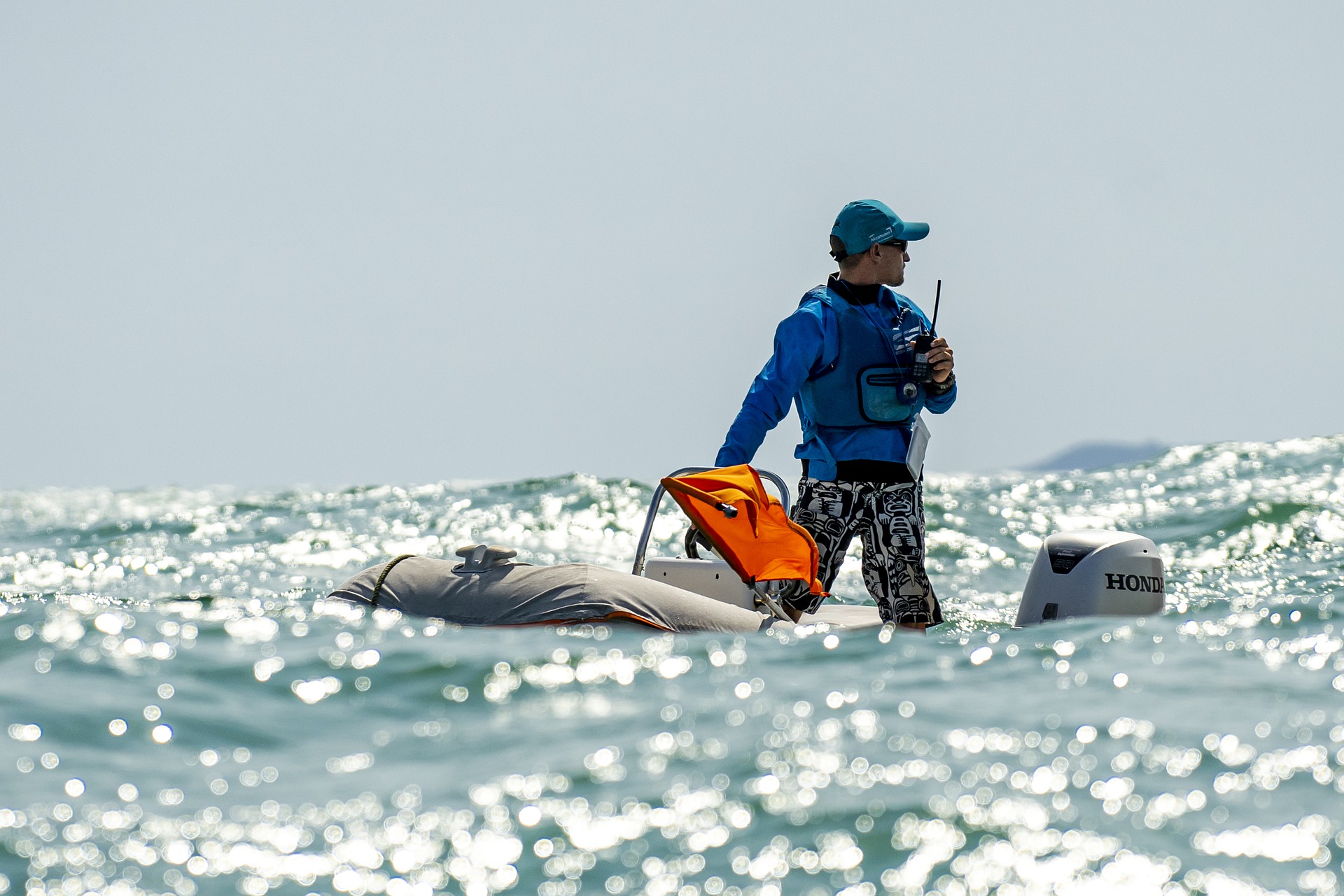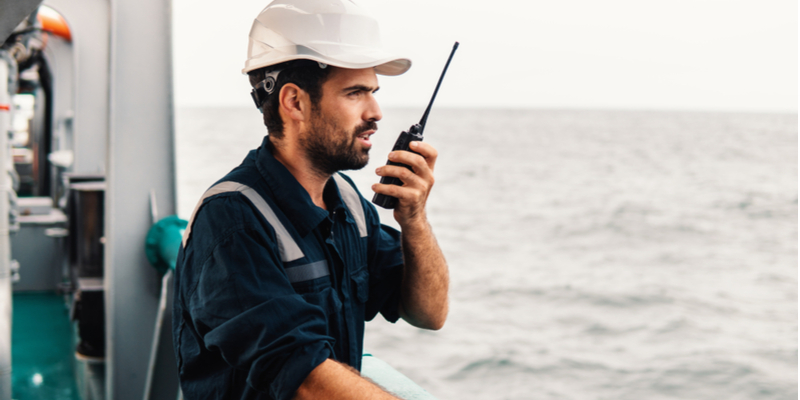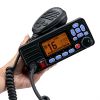Means of calling devices

The ability to call for help or signal for assistance is imperative. With a VHF or DSC radio you can transmit a Mayday call to the Coastguard and other vessels and a distress or emergency beacon will transmit your location to the search and rescue services.
Waterproof handheld Digital Selective Calling (DSC) VHF radio
A waterproof DSC VHF allows you to send a distress message with your location directly to the coastguard with a single button push of the Red Distress button. You then follow this with a voice call on VHF channel 16, which is broadcast to all VHF radios in the area.
Personal Locator Beacon (PLB)
A PLB can send a distress message to the coastguard from anywhere in the world, providing there is a clear view of the sky. The distress message and your location will be sent to the coastguard, who will launch a rescue service to your GPS position. You can also use a PLB anywhere on land, so they can be used as safety kit for other outdoor pursuits.

Emergency Position Indicating Radio Beacon (EPIRB)
An EPIRB can send a distress message to the coastguard from anywhere in the world, providing there is a clear view of the sky. The distress message and your location will be sent to the coastguard, who will launch a rescue service to your GPS position.
An EPIRB must be registered to a specific vessel.
Mobile phone
Always take a fully charged mobile phone with you and keep it stored in a waterproof pouch. If you get into difficulty, call 999 or 112 and ask for the coastguard.
Remember: Not all coastal areas have mobile phone signal, so you may need an alternative means of calling for help.
If you want to know more detailed calling devices, please contact us any time: info@retevismarine.com or Twitter: Retevis Marine Radio (@RetevisMarine) / Twitter.






